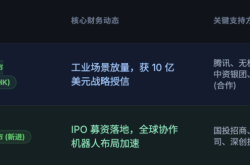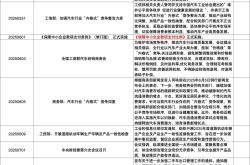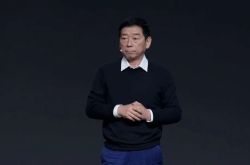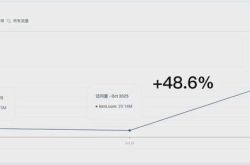Can the 'Troika' Drive NIO to Profitability?
![]() 12/06 2024
12/06 2024
![]() 447
447
Lead
As a former leader among new car manufacturers, NIO has experienced ups and downs over the past decade and has yet to achieve profitability, falling behind Lixiang One. With Ledao L60 yet to meet expectations, NIO's grand vision for 2025 is crucial for its market performance next year.
Produced by|Heyan Yueche Studio
Written by|Zhang Dachuan
Edited by|He Zi
2465 words in full text
4 minutes to read
Recently, rumors of a capital-level collaboration between NIO and another company garnered significant attention, but NIO Auto has since debunked these rumors. NIO now finds itself at a crossroads: from a sales perspective, with the release of Ledao models and the launch of the Firefly, NIO's sales are likely to increase further; however, from a loss perspective, quarterly losses of around RMB 5 billion have become a heavy burden on NIO. Globally, no automaker can survive solely on financing. Cultivating self-sustaining profitability to support long-term survival is crucial. Can NIO achieve this?

△NIO debunks rumors of capital-level collaboration with another company
NIO Sets Aggressive Sales Targets
For 2025, NIO has set ambitious sales growth targets. During the third-quarter earnings call, William Li, Chairman and CEO of NIO, announced that NIO aims to achieve 100% sales growth in 2025, with annual sales reaching approximately 450,000 units. Li's confidence stems from two main factors: firstly, the launch of models under the new, lower-priced Firefly brand, which could perform well based on the performance of XPeng's MONA M03. Secondly, Ledao will launch two SUV models competing with Lixiang One L7 and L8 in 2025, while NIO brand models will transition to the NT3 platform, with the flagship sedan ET9 being the first model.
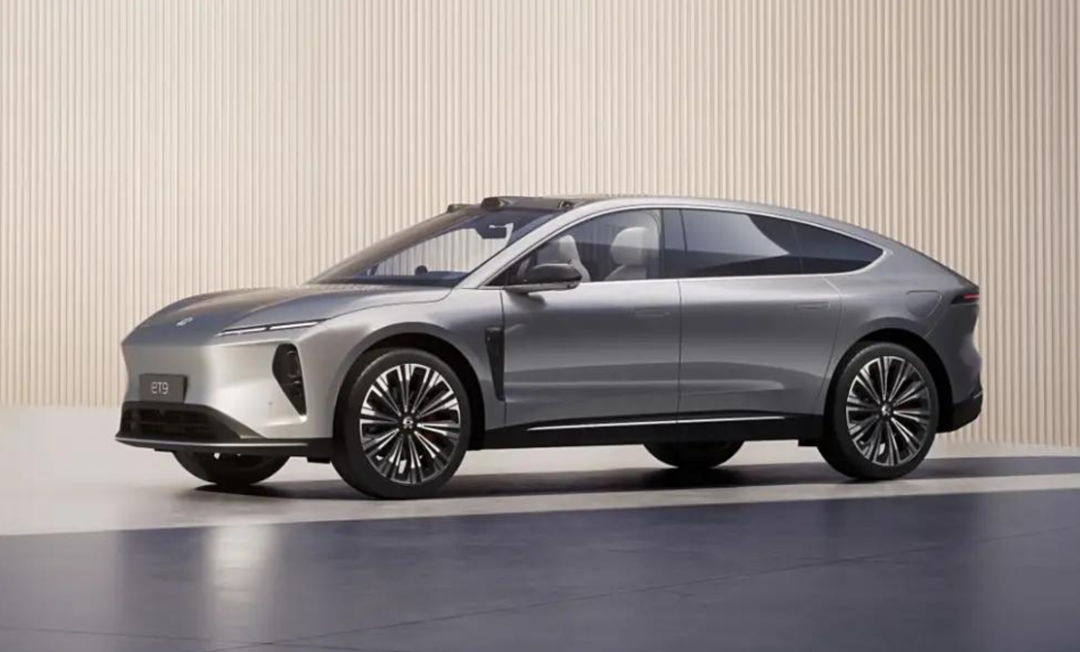
△NIO brand models will also transition to the NT3 platform in 2025
Notably, NIO's third brand, Firefly, will debut at this year's NIO Day. Priced between RMB 100,000 and RMB 200,000, the first Firefly model will be delivered in the first half of 2025, serving as a crucial driver for NIO's sales growth. Currently, NIO faces significant pressure amid persistent losses. With Ledao still in its early stages, Firefly is poised to enter the market. Ledao L60 is still ramping up production, with 832 units delivered in September and 4,319 units in October, indicating that NIO has much work to do with the Ledao brand. From NIO's current overall sales breakdown, Ledao L60 has not yet become a new driver for overall sales growth. Furthermore, NIO needs to analyze whether potential NIO buyers will switch to Ledao. Another aspect worth learning from Ledao for Firefly is how to shorten the ramp-up period and deliver models to customers as quickly as possible, a challenge for NIO's sales and supply chain planning departments.
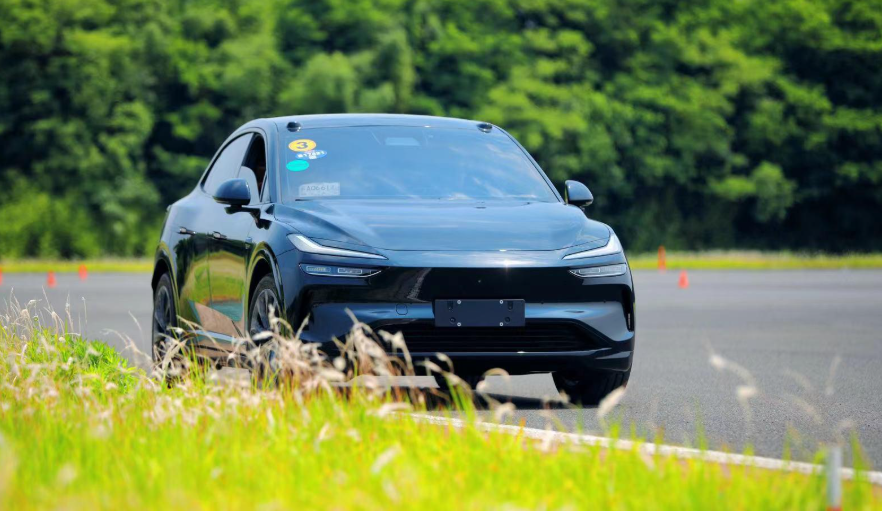
△Ledao L60 has not yet become a new driver for overall sales growth at NIO
From a new model perspective, NIO is prepared for 2025 and beyond. However, it remains unclear whether the market and consumers are equally ready. Originally, NIO models were positioned higher, differentiating them from other domestic brands. However, as NIO expands into lower-priced segments, it will compete directly with other new energy vehicle brands and traditional automakers like BYD, Geely, Volkswagen, Toyota, and GM. Therefore, the sales trends of both Ledao and Firefly remain uncertain.
Turning a Profit is NIO's Top Priority
For NIO, addressing losses has become Li Bin's top priority. Based on the first three quarters' data, NIO's losses in 2024 are likely to exceed RMB 20 billion again. Since 2018, when NIO began generating revenue, its cumulative losses have surpassed RMB 80 billion.
Comparing NIO, XPeng, and Lixiang One, Lixiang One has already achieved profitability, while XPeng's losses have significantly narrowed with the launch of MONA M03 and P7+, hinting at future profitability. If not for Li Bin's financing prowess, securing continuous funds from local governments and Middle Eastern capital, NIO's financial pressure would increase drastically. However, capital's ultimate goal is Value added income . While local governments may hope NIO boosts employment and fosters new economic growth, Middle Eastern investors will likely demand strong performance.
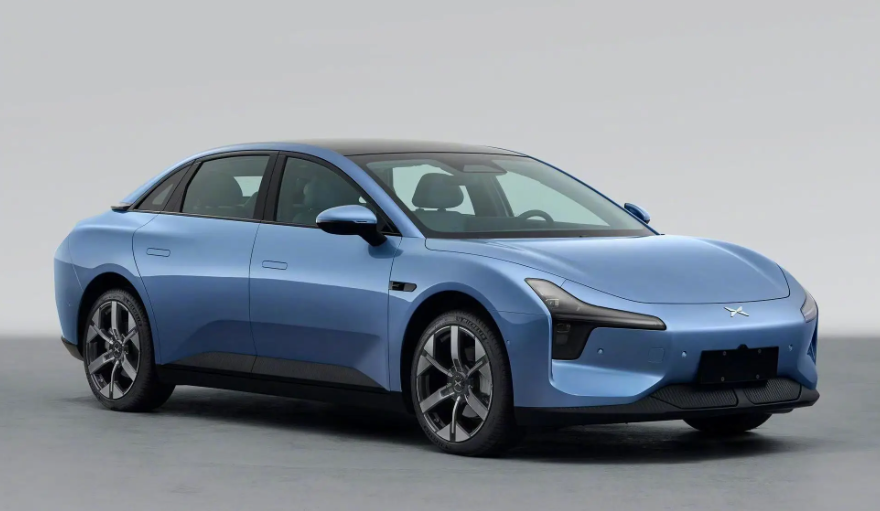
△With the launch of MONA M03 and P7+, XPeng's losses have narrowed significantly, hinting at future profitability
Many of Li Bin's business prospects are enticing, especially the battery swap model, which excels in specific scenarios. NIO also invests heavily in R&D, from developing NT3.0 and upgrading existing NIO models to entering the lower-priced markets of Ledao and Firefly, actively researching chips, operating systems, intelligent driving systems, and even designing its mobile phones to build a complete ecosystem. It's challenging to determine the necessity of these endeavors, but given NIO's current size and accumulation, Li Bin's ambitions seem overly ambitious. Whether these areas are NIO's priorities is debatable, but they are undeniably costly.
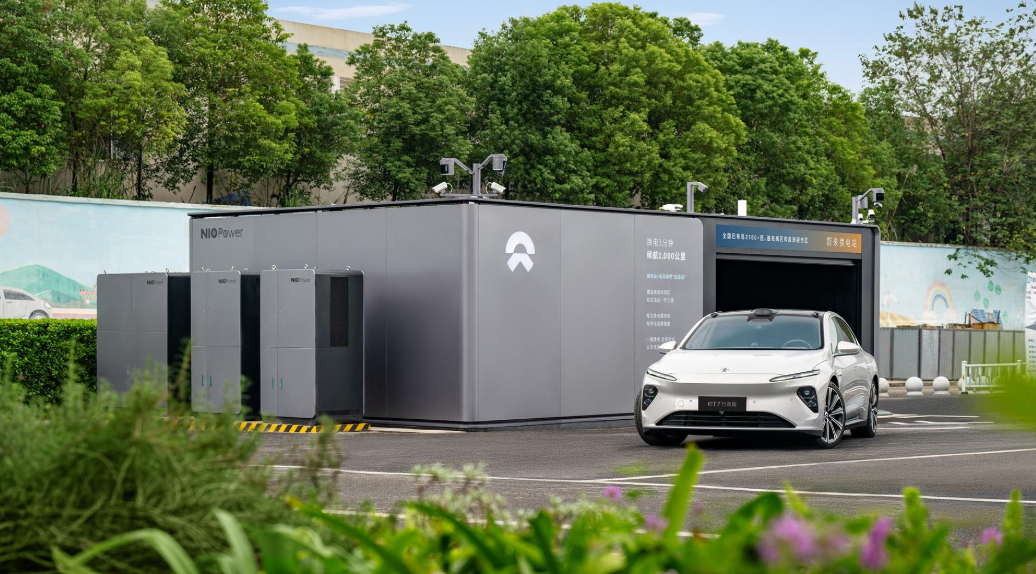
△Many of Li Bin's business prospects are indeed enticing but costly
Will NIO Enter the Extended-Range Market?
Currently, NIO could consider introducing extended-range/hybrid technology. The global demand for pure electric vehicles is weakening, and leading new energy vehicle brands in China, such as Lixiang One, Wenjie, and Leap Motor, have well-established extended-range product lines. XPeng, Zeekr, and other new energy vehicle brands are also deploying extended-range/plug-in hybrid technologies. Compared to plug-in hybrids, extended-range technology has a lower threshold and would not pose a significant obstacle for NIO. However, it effectively alleviates range anxiety, making it a cost-effective and user-accepted solution worth considering by NIO.
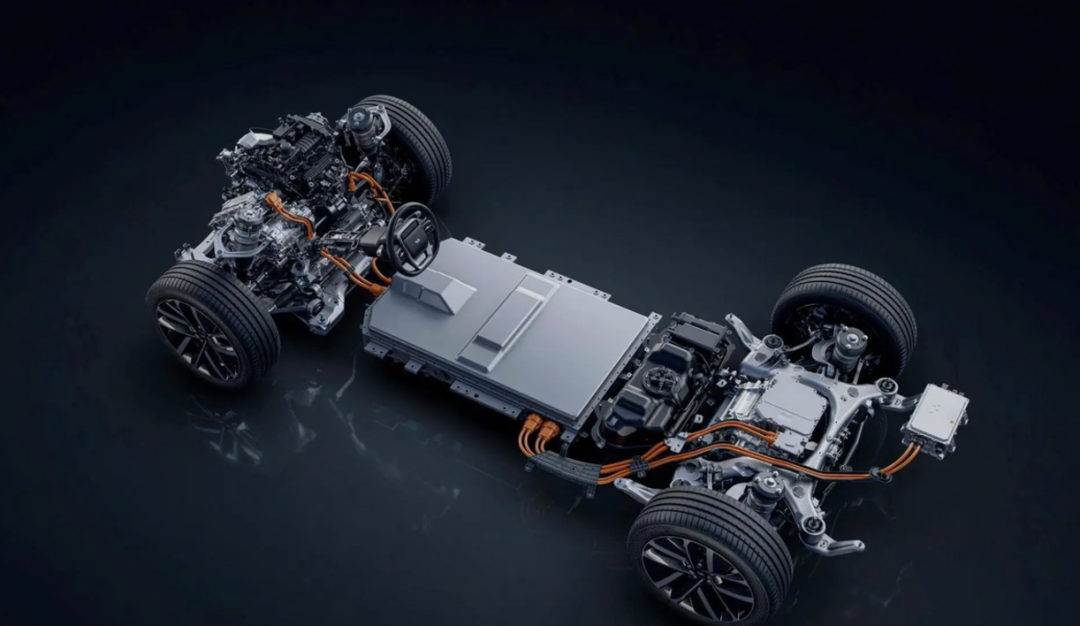
△Most domestic new energy vehicle brands adopt a dual-drive strategy of pure electric and extended-range/plug-in hybrid models
At the 2024 World Internet Conference's "Wuzhen Cafe·Automotive Night Talk," Wang Jun, President of Changan Automobile, stated that over 80% of Chinese brands are expected to face closure or reorganization in the future. To survive, NIO must revolutionize its entire system capabilities and corporate values. Simply launching new models to enter new market segments may not yield immediate results. Considering the fierce competition in every domestic auto market segment, NIO's strategy of expanding its product line into more segments is a risky bet. Whether Li Bin has accurately gauged the market and made the right bet for NIO will become apparent in a year or two.

△Wang Jun, President of Changan Automobile, stated that over 80% of Chinese brands are expected to face closure or reorganization in the future
Review
Currently, Li Bin faces a do-or-die situation. If NIO's sales remain lukewarm next year, its prospects will be under significant pressure. However, after years of diligent management, the NIO brand has gained some brand recognition in the domestic and global markets. Coordinating the progress of the NIO, Ledao, and Firefly brands is challenging. In the domestic auto market, successful multi-brand operations are rare.
(This article is originally created by Heyan Yueche and cannot be reprinted without authorization)

